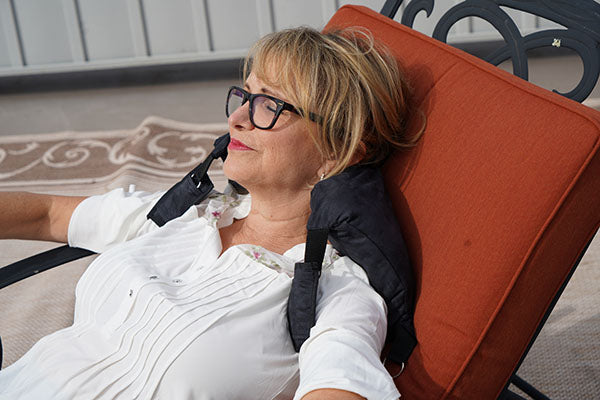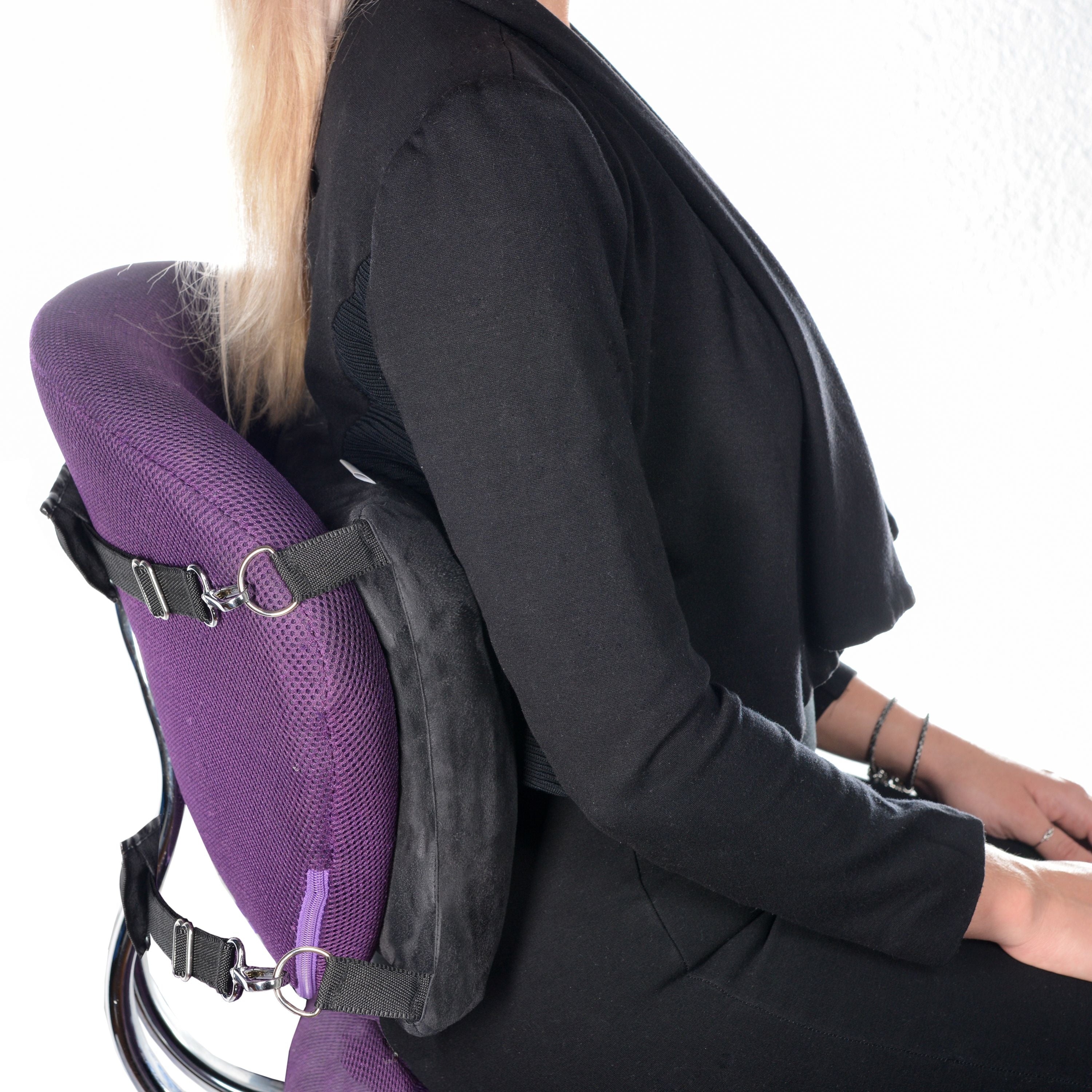Let’s just admit it, sometimes medicines can be scary when considering possible side effects, they may have! This can even get scarier with the elderly who are experiencing a lot of pain in all parts of their bodies. Start with non-pharmacological pain treatments and learn the wonder of these harmless methods.
The older people get, the more they are inclined to experience pain. According to Lee (2016), health care providers find it difficult to treat the elderly pharmacologically due to their limitations in terms of medicines. Some of these limitations and factors include:
- Physical Effects of Aging
- Abnormal Pain Effects
- Tolerance with Opiates

With all the complications and possible effects that pharmacological treatments can do to elderly patients’ pain management, the best route to follow is to start with the non-pharmacological means. While it is undeniable that medications can treat pain, choosing safer treatments is the best option.
Factors Affecting Treatment Response
Evaluation of the pain and the elderly patient’s condition is always necessary for figuring out the perfect treatment that can be used for pain management. Galicia-Castillo & Weiner (2019) believes that treatment response can be affected by several factors, including:
- Psychological
- Medical
- Environmental
- Social Conditions
Considering these factors will lead to finding the most effective treatment for pain management.
Non-Pharmacological Treatments for Pain to Consider for Elderly
There are several non-pharmacological treatments that can help manage pain in elderly patients. If need be, they can be combined and used together with pharmacological treatments (Robinson, 2019). These treatments can be divided into two groups; physical treatments and psycho-educational treatments.
Physical Treatments

- Osteopathic Manipulative Therapy
This refers to massage and stretching therapy perfect for people with chronic pain. Hands-on care is one of the most underrated treatments today, which are in fact excellent for elderly patients. Gentle pressure, resistance, and stretching can help the elderly improve their muscle movements. In addition to that, they also provide relief, especially from massage.
- Physical Therapy
While this is mostly offered to patients who have undergone terrible accidents and would need to empower the use of their limbs again, this treatment is also perfect for pain that even moving hands and legs a little is enough to be a big help.
- Acupuncture
Needles can be terrifying, and it is the only thing that makes people scared about this treatment. The truth though, is that this therapy is painless and can be helpful in relieving people from pain.
- Gel Packs
The old school home remedy gel packs provide more relief and benefit than people know. Easing localized pain, these packs can be warmed or chilled depending on the condition of the painful area.
Psycho-Educational Treatments
- Relaxation Techniques
Diverting the conscious mind away from the pain is an effective way to ease it. This is particularly excellent for anxious patients who need to be calmed down. Some of the most popular relaxation techniques are:
- Hypnosis
- Guided Imagery
- Music Therapy
- Biofeedback
- Aromatherapy
- Breathing Techniques
- Tai Chi
- Pet Therapy
- Spirituality
Religious people are said to be less likely to suffer from chronic pain or fatigue, according to studies (Lee, 2016). Whatever religion one may have, having a positive outlook is always beneficial to people and this extends even to pain management.
Pain management can be tricky and a case of trial and error for a lot of people. For elderly patients, choosing the right treatment can mean a big improvement in their everyday lives. Daily pain for them is a struggle and getting relief from that is what they truly deserve.



